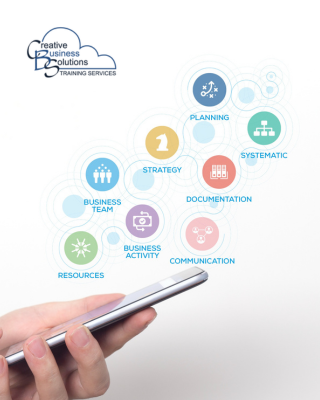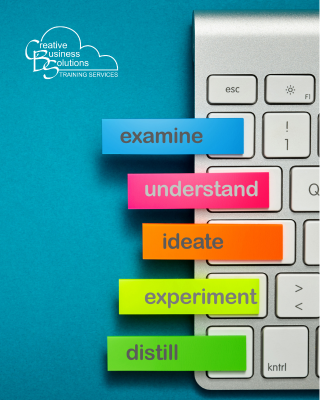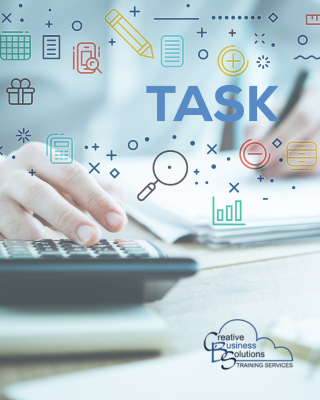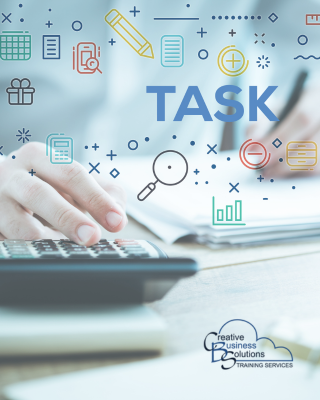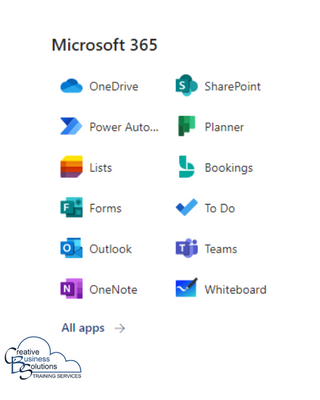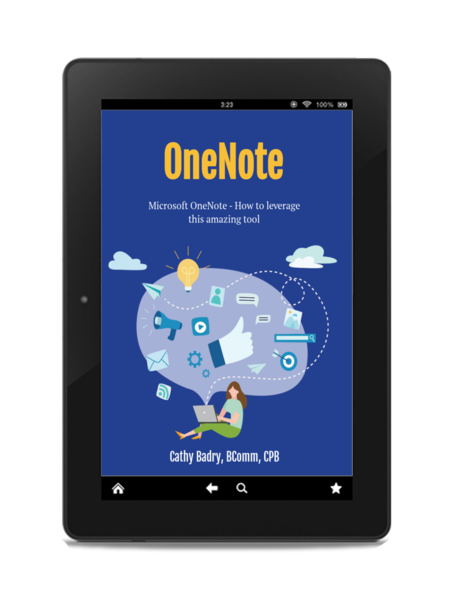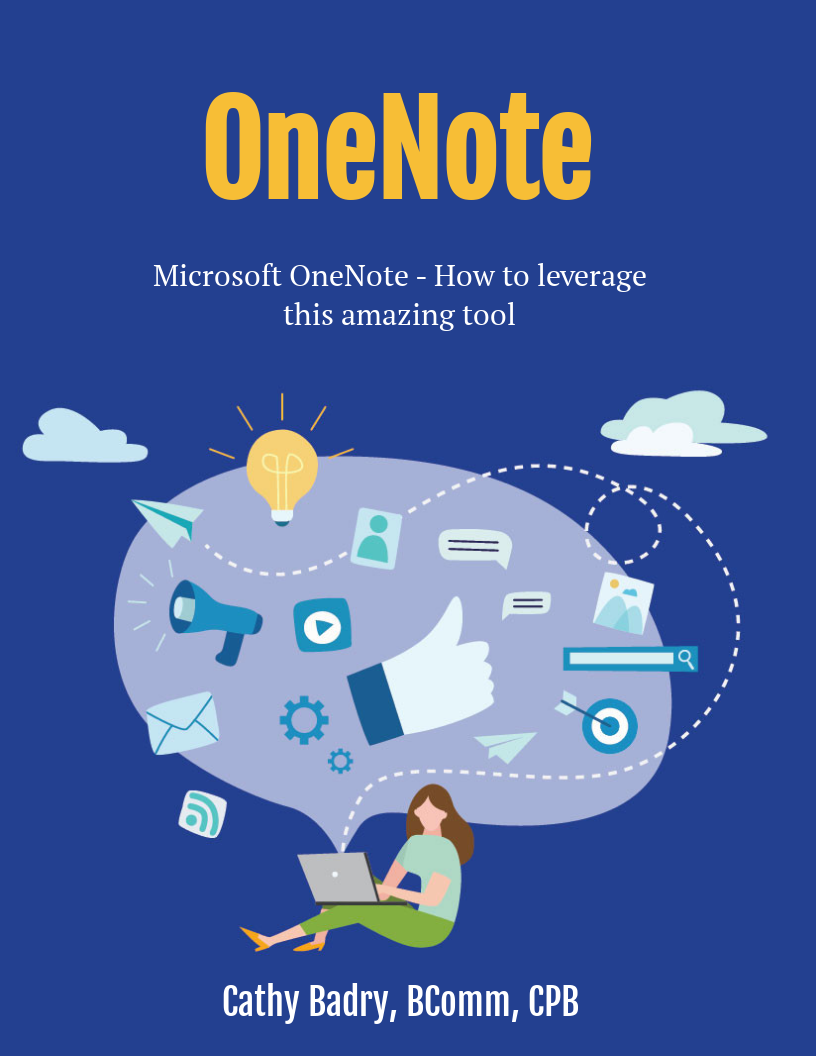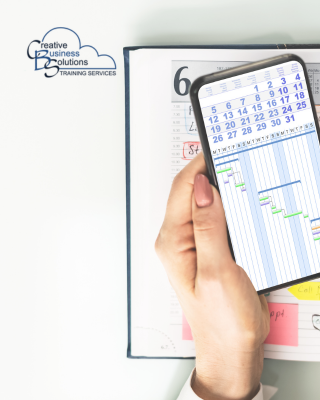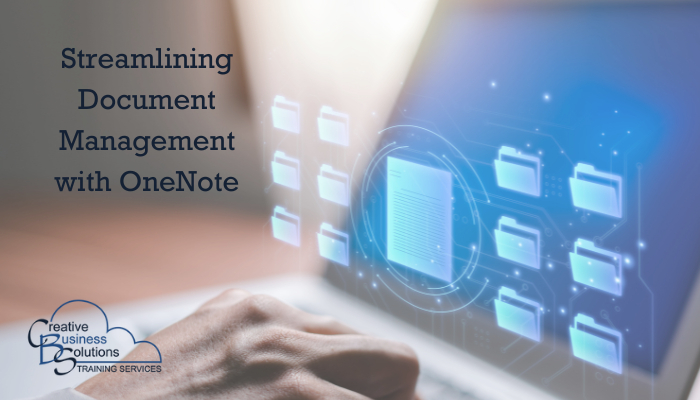
Introduction
Microsoft OneNote is a transformative and cost-effective tool for accounting professionals, providing a perfect blend of digital innovation and organizational efficiency.
In an industry where precision and speed are essential, OneNote allows users to manage their information with ease and clarity. Its dynamic features, including customizable notebooks, intuitive tagging, and time-saving templates, revolutionize how you manage your workload.
This blog will guide you through setting up OneNote for your firm, mastering organization, and unlocking its full collaborative potential to enhance both individual and team performance.
Getting Started with OneNote
Setting up OneNote for your accounting or bookkeeping firm is a straightforward process that empowers you to enhance productivity. Start by creating dedicated notebooks for key areas, such as client records, payroll, compliance, and internal policies. Organize these notebooks into sections for timelines, budget forecasts, or project notes, ensuring all information is easily accessible.
Within each section, create individual pages for detailed content. For example, a bookkeeping section can include client-specific pages with notes on fiscal years and pending tasks. This structured approach minimizes search time, allowing you to focus on more valuable activities and feel more efficient.
Customize OneNote settings to your preferences, such as enabling dark mode for comfort or adjusting notifications for timely updates. Syncing options can be tailored for seamless access across devices, whether at your desk, in a meeting, or working remotely. By following these steps, your firm will develop an efficient organizational system that supports both daily tasks and long-term goals, providing you with a sense of control and comfort.

Organizing Notes and Information
Effective organization is vital for accounting professionals using OneNote, which offers tools to manage complex information efficiently. The sections and pages feature allows users to categorize content hierarchically, making related materials easily accessible. For example, in a section for annual year ends, users can create pages for individual clients, fiscal years, or detailed checklists, ensuring that all necessary details are readily available when needed.
Tagging helps streamline information retrieval. Customizable tags, such as "urgent" or "follow-up," enable users to prioritize tasks and quickly locate critical items without needing to sift through numerous pages. This feature is handy in collaborative projects, as it prevents important information from getting lost.
Templates enhance efficiency by standardizing formatting for everyday note-taking needs, such as financial reports or meeting agendas. They save time by eliminating repetitive work, allowing users to focus on the content.
With its user-friendly interface and organizational features, OneNote enables accounting professionals to maintain a structured and efficient workspace tailored to their needs. Its intuitive design and straightforward navigation make it easy to learn and use, even for those who are not tech-savvy.

Enhancing Collaboration
OneNote is not just a productivity tool; it is a powerful platform for boosting teamwork and collaboration in accounting and bookkeeping firms. By sharing notebooks, team members can collaborate in real time on projects such as year-end closings or financial planning. Co-editing allows multiple users to contribute simultaneously, and tracked changes ensure transparency and data integrity.
For firms using Microsoft Teams, OneNote's integration centralizes communication and project management, enabling teams to share insights, brainstorm, and collaborate without switching platforms. During meetings, OneNote can capture notes, assign tasks, and track progress, keeping everyone informed and up-to-date. Custom notifications help streamline workflows by alerting users to updates and deadlines, thereby enhancing efficiency.
Moreover, OneNote allows the embedding of spreadsheets and diagrams within shared notebooks, facilitating the visualization and analysis of complex financial data. This functionality makes OneNote a vital tool for companies seeking to improve teamwork and maintain operational consistency.
Integrating with Other Microsoft 365 Apps
OneNote's compatibility with Microsoft 365 applications enhances its value for accounting professionals by serving as a central hub for workflows.
For example, users can embed Excel spreadsheets directly into OneNote, enabling them to manage financial data, such as account balances and income targets, in one place. These linked spreadsheets update in real-time, ensuring accuracy without the need for constant app switching, which helps reduce data entry errors.
Integration with Outlook streamlines correspondence by allowing users to embed email threads directly into their notebooks, streamlining the process. This functionality is convenient for managing client communications, as it consolidates all relevant emails, meeting notes, and contracts, thereby improving efficiency and responsiveness.
Additionally, OneNote integrates with PowerPoint for presentations, Word for detailed reports, and Teams for collaboration. These features create a centralized digital environment, enabling accounting and bookkeeping firms to boost productivity and maintain clear workflows across their team members.

Utilizing OneNote for Client Meetings
OneNote is a vital tool for accurately documenting client meetings. Accounting professionals can capture detailed notes, including key discussion points, action items, deadlines, and client preferences, to ensure comprehensive documentation. Its audio recording feature allows for verbatim capture of discussions, serving as a valuable reference for follow-ups.
Users can create dedicated notebooks for each client, organizing information into sections and pages tailored to specific projects or services. This ensures all related documents, such as meeting agendas and financial statements, are in one accessible location. Additionally, teams can incorporate visual aids, such as charts, to simplify complex financial data during follow-up meetings. By enhancing documentation efforts, OneNote helps professionals strengthen client relationships through thorough preparation and personalized service.
Enhancing Productivity
OneNote's advanced search functionality is a valuable tool for accounting professionals managing multiple notebooks filled with essential data. It allows users to quickly locate keywords, handwritten notes, tags, and embedded files, reducing search time and enhancing workflow efficiency.
Additionally, OneNote's drawing tools help professionals create and annotate visual elements essential to accounting tasks. Users can sketch diagrams, draw flowcharts, and highlight key points in reports, improving understanding during team discussions and client presentations.
By integrating OneNote with Power Automate, accounting and bookkeeping teams can automate repetitive tasks and streamline workflows. For example, they can set up reminders for upcoming filing deadlines or generate recurring task lists for monthly reviews. These features make OneNote an indispensable tool for accounting and bookkeeping firms seeking precision and efficiency.

Security and Compliance
In the accounting sector, securely handling sensitive data is crucial, and OneNote offers robust security features to meet this requirement. Users can implement password protection for individual notebooks and sections, ensuring that confidential information, such as financial records and client communications, remains inaccessible to unauthorized individuals. This feature is handy for firms with multiple clients, as protection can be tailored to meet each client's specific needs.
OneNote also offers granular permissions, allowing teams to specify who can view or edit certain notebooks. This granularity ensures that sensitive data is accessible only to relevant team members while enabling collaboration. For compliance, OneNote integrates encrypted storage and adheres to Microsoft's security protocols, which are vital for firms that must comply with regulations such as PIPEDA and GDPR.
By leveraging these features, accounting and bookkeeping firms can safeguard their clients' information, comply with legal requirements, and maintain trust and credibility in a competitive industry.
Tips and Best Practices
To enhance productivity with OneNote, it's essential to adopt effective habits and utilize its features thoroughly. Consistent tagging is a key strategy, as it enables users to label notes with identifiers such as "Urgent" or "Payroll Documentation," making it easier to locate important information during data processing.
Creating custom templates for recurring tasks, such as monthly financial reports or payroll preparation, promotes consistency and saves time. Organizing notebooks hierarchically into categories, such as client portfolios and financial planning, with separate sections for each client, ensures that all relevant documents are easily accessible and organized.
Additionally, many accounting professionals have experienced improved workflow efficiency by using OneNote's collaborative features, which enhance communication and allow real-time contributions from multiple users. Linking OneNote with tools like Microsoft Excel can further streamline data management and organization.
By implementing consistent tagging, hierarchical organization, and custom templates, firms can unlock OneNote's full potential, resulting in efficient workflows and enhanced accuracy in their results.

